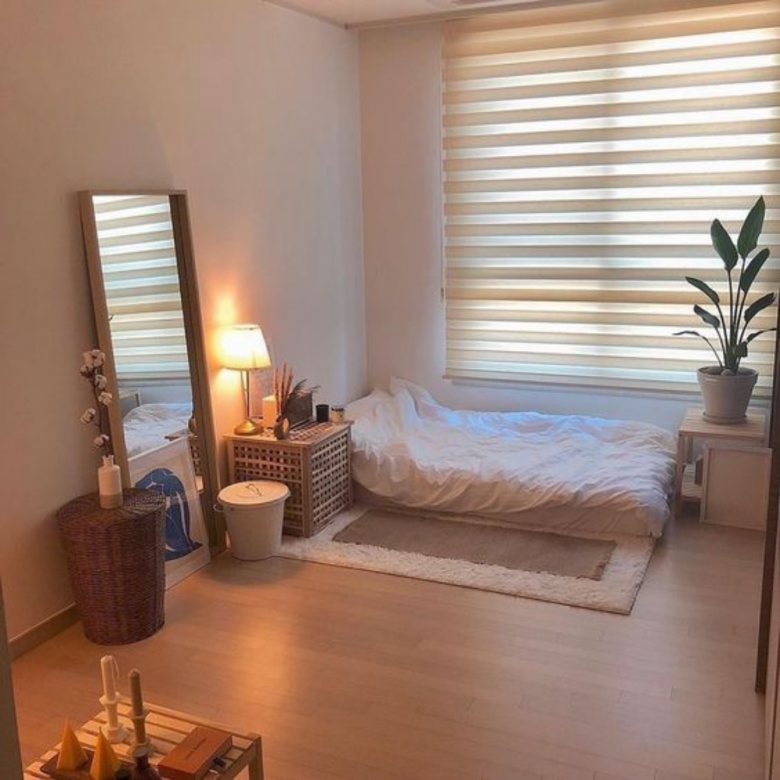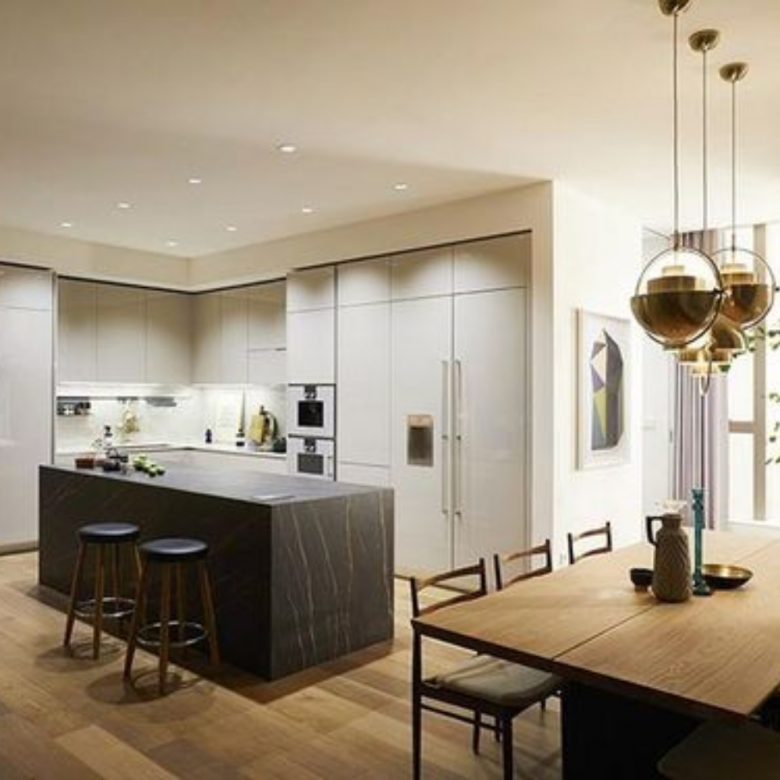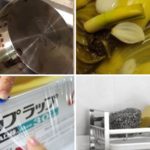The refined elegance of Korean decor appeals to those seeking a fresh and sophisticated space. Its emphasis on natural elements creates a serene and welcoming ambiance. On the other hand, Chinese decor boasts artistic complexity, perfect for those who favor a bold and creative touch.
Pricing
Korean decor tends to be more expensive than its Chinese counterpart.
The uniqueness of Korean products stems from their advanced production technology and techniques. Korean designers often focus on creating distinctive designs, blending traditional and modern elements to craft elegant and luxurious decor. The stringent standards, from production processes to material selection, ensure the longevity and quality sought by consumers who value sustainability.

A bedroom styled with Korean decor.
Chinese decor, on the other hand, often offers more affordable options due to its simplicity and widely available designs. China’s large-scale industry and production capacity contribute to lower production costs, resulting in a range of reasonably priced products. The simplicity in design also reduces production and design expenses while catering to the needs of the majority of consumers.
Diversity
Both Korean and Chinese decor offer a diverse range of styles and designs to meet varied consumer tastes. Each style offers a plethora of options at different price points, from popular, affordable pieces to unique, artistic creations, catering to those seeking simplicity as well as those who desire a more distinctive touch.
However, a notable difference lies in the intricacy and complexity of Chinese decor compared to the minimalist elegance of Korean decor. Chinese decor shines with its artistic flair and intricate traditional patterns and details. Traditional Chinese decor often features elaborate craftsmanship, resulting in luxurious and singular pieces.

A kitchen styled with Chinese decor.
In contrast, Korean decor emphasizes natural elements and a connection with nature. Korean designs evoke a sense of freshness and simplicity, minimizing complex details. The sophistication and elegance of Korean decor lie in the use of natural colors and wood, crafting a warm and harmonious space.
Durability
A key difference between the two styles lies in their durability.
Korean decor is known for its superior quality and longevity, resulting from meticulous production processes and high-quality materials. Korean decor often utilizes natural materials and premium fabrics and paints that are non-toxic. Careful production and stringent quality checks ensure that every detail is perfect and meets high standards of durability and quality.
While some Chinese decor may not reach the same level of durability and quality, it’s important to note that not all Chinese products are of inferior quality. Reputable Chinese brands also offer high-quality, affordable options.

A kitchen styled with Korean decor.
Quality and price go hand in hand, so choose reasonably priced, quality items to ensure long-lasting durability in your living space. If needed, seek reviews and feedback from other consumers before making your decor purchases.
Ease of Purchase
The ease of purchasing Korean and Chinese decor depends on your location and shopping options.
In Vietnam, buying Korean and Chinese decor can be convenient and flexible. While Korean decor may be rarer and more expensive, Chinese decor is more widely available and offers a broader range of prices.
In other countries, Korean decor can be challenging to find and is usually available only in specialty stores or online shops specializing in high-end furniture. Chinese decor, on the other hand, is typically more accessible and can be found in numerous furniture stores and e-commerce platforms.
In the comparison between Korean and Chinese decor, there is no definitive answer as to which is superior. The choice depends on personal preferences and budgets. Most importantly, enjoy decorating your living space and choose a style that suits your taste and comfort.
Unveiling the Revolutionary Sugarcane Fiber Tableware: A Safer Alternative to Styrofoam for a Cancer-Free Future
The health hazards associated with foam boxes have prompted many forward-thinking businesses to introduce a revolutionary range of lunch boxes, cups, plates, and bowls made from sugarcane residue. These products offer a safe and sustainable alternative, posing no threat to health and providing an effective solution to environmental concerns.






































